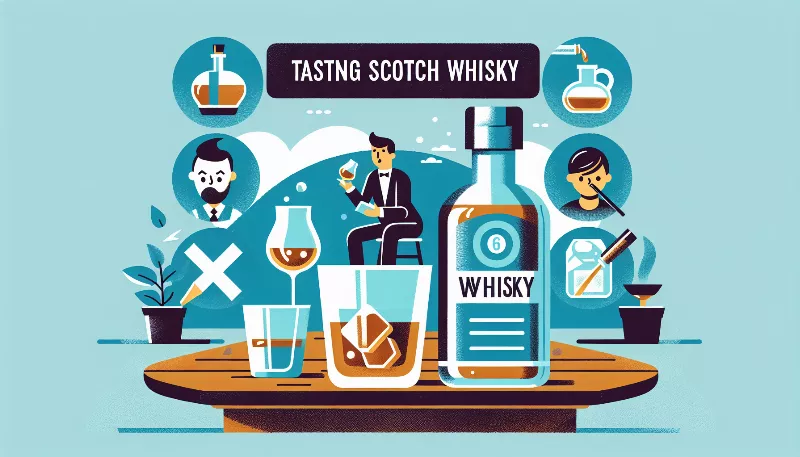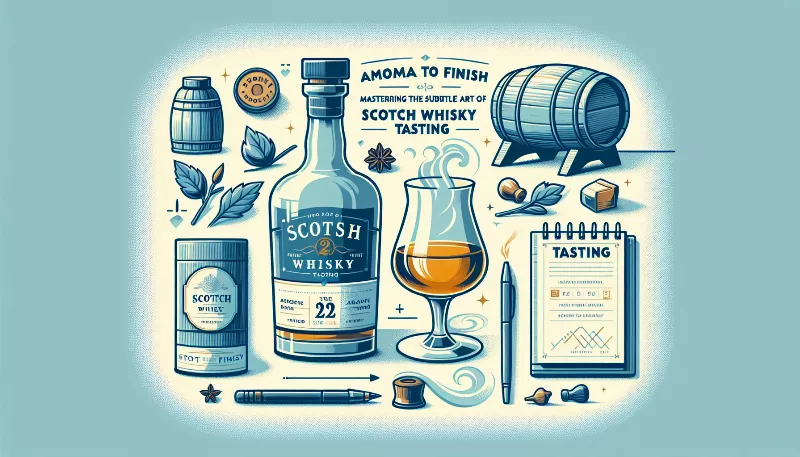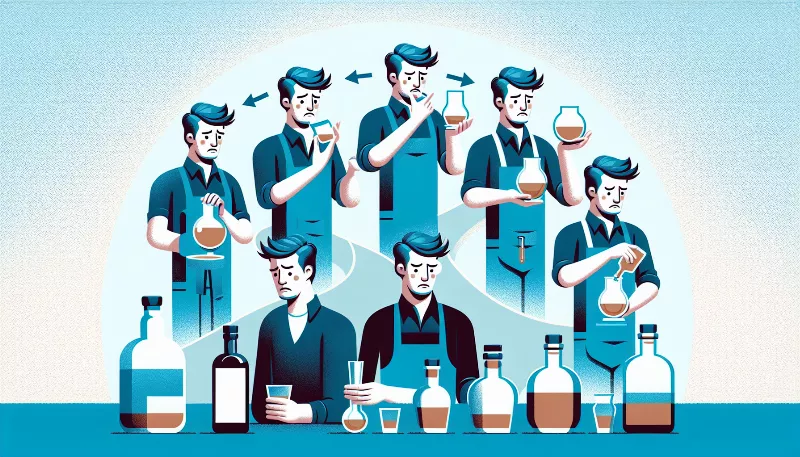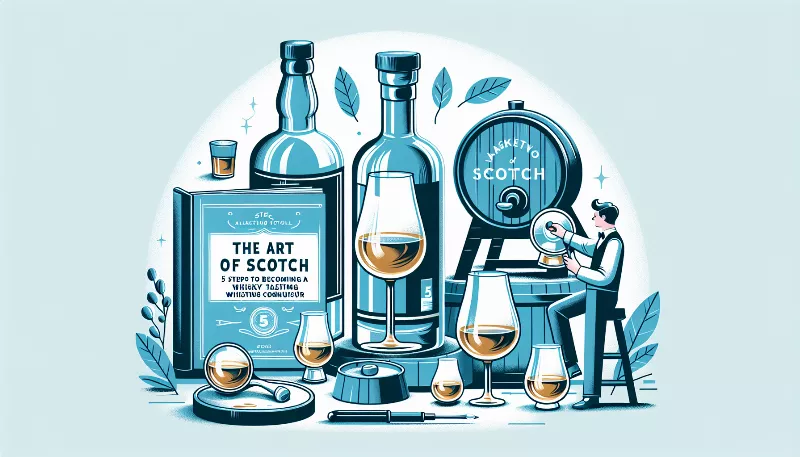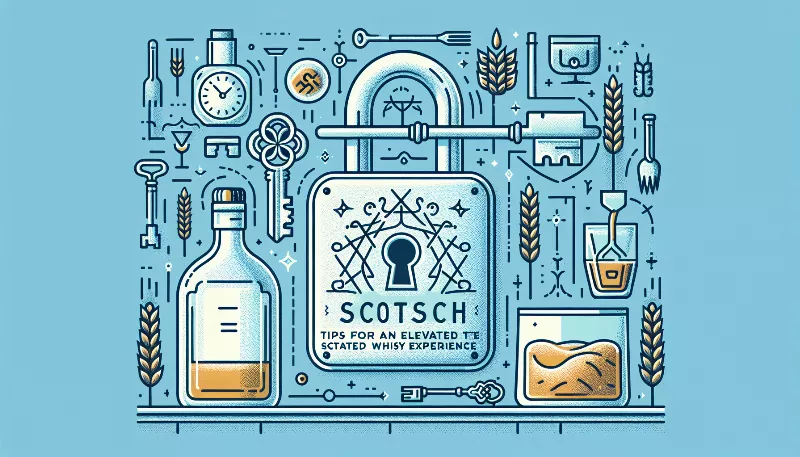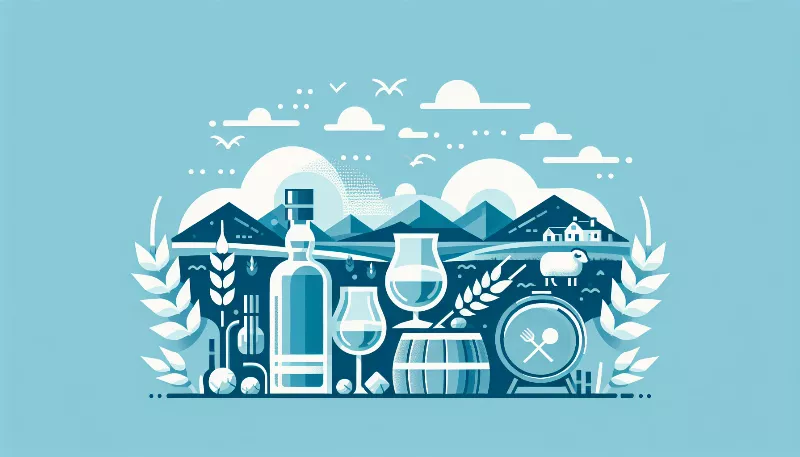Can you trace the geographical expansion of Scotch whiskey production throughout history?
Explore the journey of Scotch whiskey from Scottish origins to global fame. Discover the historical spread of this beloved spirit's production.
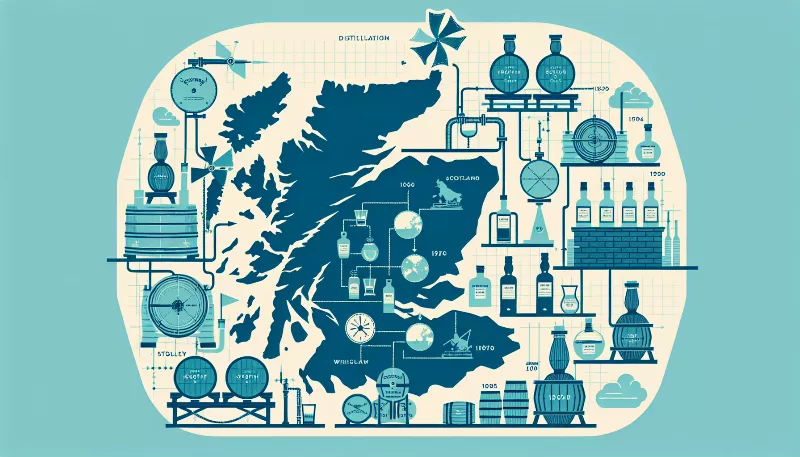
Embarking on a Whisky Odyssey
Imagine embarking on a time-traveling adventure, tracing the golden rivulets of Scotland's most iconic export—Scotch whisky. This journey isn't just about following a trail of amber liquid; it's about exploring a rich tapestry of history, culture, and craftsmanship that has spread from the rugged highlands to the farthest corners of the globe. Let's raise a glass to the geographical expansion of Scotch whisky production throughout history!
The Birth in the Highlands and Islands
The story of Scotch whisky begins in the misty moors and rolling hills of Scotland. Distillation techniques likely arrived with monks in the early medieval period, but it was in the 15th century that we find the first written record of whisky production in Scotland. Initially, distilling was a small-scale affair, confined to monasteries and private homes, using barley grown on the fertile lands of the Highlands and Islands.
From Illicit Stills to Licensed Distilleries
As the spirit's popularity grew, so did the Crown's interest in taxation. The 18th century saw the introduction of various laws and taxes, pushing many distillers into clandestine operations in the remote areas of the Highlands. However, the Excise Act of 1823 marked a turning point, allowing distillers to operate legally with a license. This led to the establishment of many of today's famous distilleries and expanded production beyond the Highlands into the Lowlands, providing easier access to trade routes.
The Speyside Boom
Speyside, with its pure water sources and abundant barley, became a hotspot for whisky production in the 19th century. The region's unique characteristics lent themselves to a more refined and elegant style of whisky, which quickly gained popularity. The advent of the railway system further propelled Speyside's whisky onto the global stage, connecting this once-secluded area to thirsty markets worldwide.
Islay's Peaty Punch
Off Scotland's west coast lies Islay, an island renowned for its peat-laden whiskies. Islay's distinct flavor profile, characterized by smoky and medicinal notes, has captivated palates across the globe. Despite its remote location, Islay became a powerhouse in the whisky world, with its maritime climate influencing the maturation process and adding another layer of complexity to the whisky.
Global Thirst and Expansion
The 20th century brought with it two World Wars and Prohibition in the United States, challenging the Scotch whisky industry. Yet, the spirit endured and even thrived, with distilleries popping up in new regions like Campbeltown and the Islands. The latter half of the century saw a surge in global demand, leading to increased exports and the establishment of Scotch as a premium product in markets such as Asia and America.
The Modern Landscape
Today, Scotch whisky is produced across Scotland, with each region offering its unique twist on the classic spirit. Innovations in production and maturation, along with a resurgence in craft and micro-distilleries, have further diversified the geographical footprint of Scotch whisky. From the traditional heartlands to urban centers, the spirit of Scotland continues to flow, reaching new aficionados and connoisseurs, ensuring that the legacy of Scotch whisky remains as vibrant and dynamic as ever.
A Toast to the Future
As we look to the future, the geographical expansion of Scotch whisky shows no signs of slowing down. With new markets emerging and old ones rekindling their love for the dram, the story of Scotch whisky is still being written. So, let's toast to the past, present, and future of this remarkable spirit that has traversed the globe, one sip at a time.

